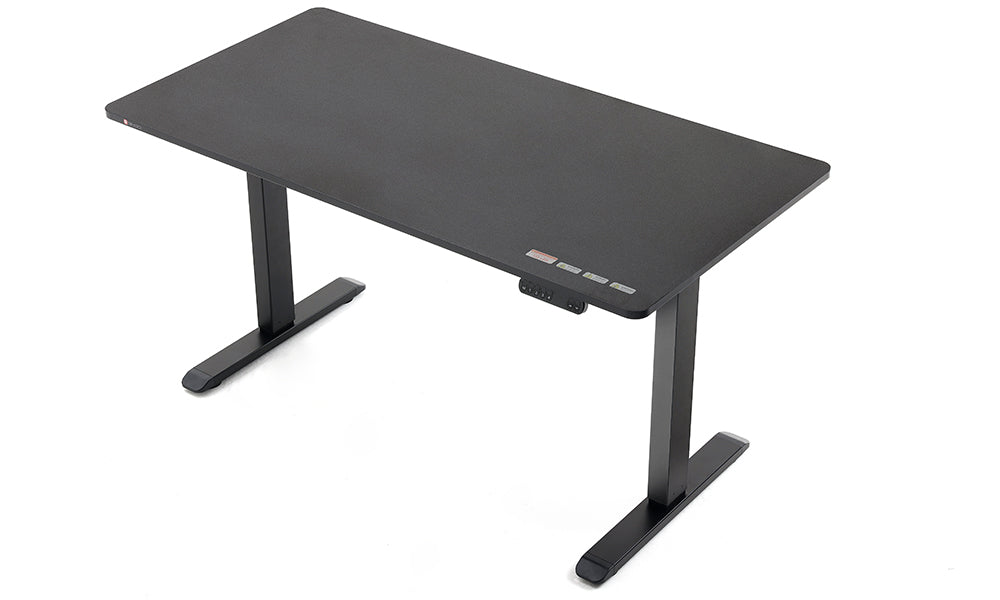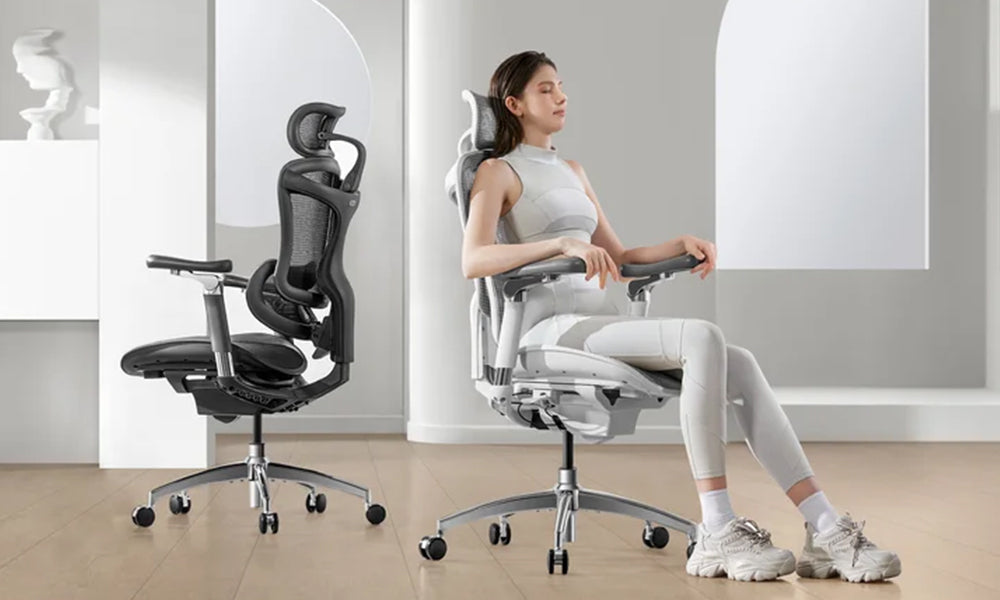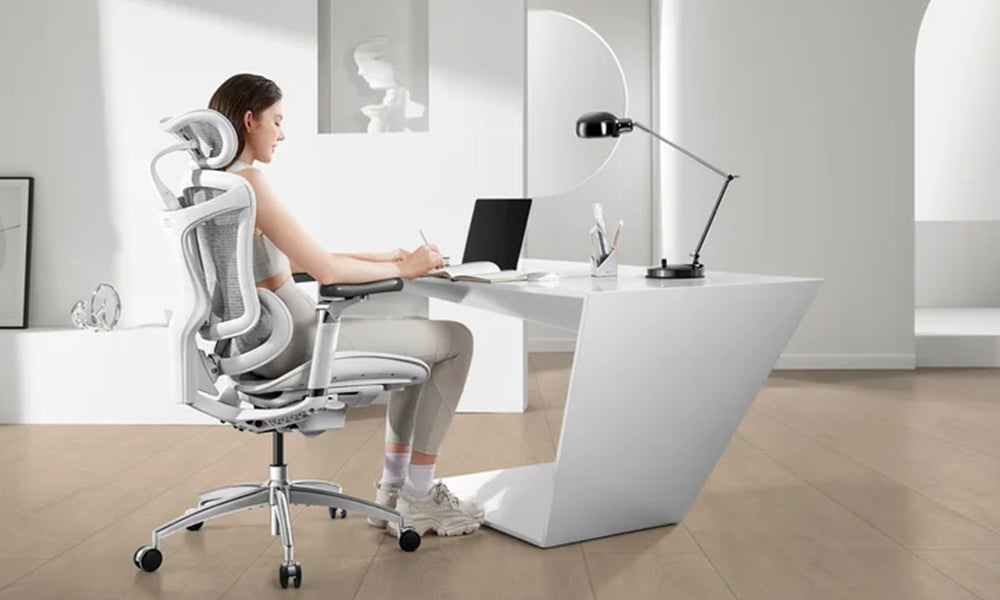Back pain is a pervasive problem in today’s sedentary society, affecting millions of people worldwide. With the rise of desk jobs and the increasing amount of time people spend sitting, the quest for ergonomic solutions has become more critical than ever. One popular solution gaining traction is the adjustable standing desk. But can an adjustable standing desk actually reduce back pain? In this blog post, we will explore the science behind standing desks, their potential benefits and drawbacks, and provide practical tips for effectively integrating them into your daily routine.
Understanding the Problem: Back Pain and Prolonged Sitting
Prolonged sitting has been linked to a myriad of health issues, including obesity, cardiovascular disease, diabetes, and musculoskeletal disorders. One of the most common complaints among office workers is back pain, particularly in the lower back. This pain often results from poor posture, muscle imbalances, and the compressive forces exerted on the spine while sitting for extended periods.
When we sit, especially in a slouched or hunched posture, the natural curvature of the spine is altered, leading to increased pressure on the intervertebral discs. Over time, this can cause disc degeneration, muscle stiffness, and chronic pain. Additionally, sitting for long periods can weaken the core muscles that support the spine, exacerbating the issue.
The Science Behind Standing Desks
Adjustable standing desks, also known as sit-stand desks, allow users to alternate between sitting and standing positions throughout the day. The idea is to promote movement and reduce the negative effects of prolonged sitting. Several studies have examined the impact of standing desks on health and well-being, with promising results.
- Reduced Back Pain: A study published in the journal "Occupational and Environmental Medicine" found that participants who used sit-stand desks reported a significant reduction in lower back pain compared to those who sat all day. Another study in "The British Journal of Sports Medicine" showed similar results, with a notable decrease in musculoskeletal discomfort.
- Improved Posture: Standing desks can encourage better posture by promoting a more natural alignment of the spine. When standing, it’s easier to engage the core muscles and maintain a neutral spine position. This can help reduce the strain on the lower back and prevent the development of poor posture habits.
- Increased Movement: Standing desks encourage more movement throughout the day. Even small movements, such as shifting weight from one foot to the other or taking short walking breaks, can improve circulation, reduce stiffness, and alleviate back pain.
Benefits of Adjustable Standing Desks
While the primary goal of using a standing desk is to reduce back pain, there are several additional benefits worth noting:
- Enhanced Energy and Productivity: Many users report feeling more energized and productive when using a standing desk. Standing can increase blood flow and oxygen to the brain, which can enhance cognitive function and concentration.
- Weight Management: Standing burns more calories than sitting, which can aid in weight management. While the difference in calorie expenditure is relatively small, over time, it can contribute to a healthier body weight.
- Reduced Risk of Chronic Diseases: As mentioned earlier, prolonged sitting is linked to various chronic diseases. By incorporating more standing and movement into your day, you can lower your risk of developing conditions such as diabetes, heart disease, and certain cancers.
- Mental Well-being: Standing desks can also have a positive impact on mental health. The increased movement and change in posture can help reduce stress, anxiety, and improve overall mood.
Potential Drawbacks and Considerations
While adjustable standing desks offer numerous benefits, it’s important to be aware of potential drawbacks and considerations:
- Initial Discomfort: Transitioning from sitting to standing for long periods can cause discomfort, particularly in the legs and feet. It’s crucial to ease into the change gradually, starting with short standing intervals and gradually increasing the duration.
- Ergonomics: Proper ergonomics are essential when using a standing desk. The desk height should be adjustable so that the computer screen is at eye level and the keyboard and mouse are at a comfortable height to avoid strain on the wrists and shoulders.
- Footwear and Flooring: Wearing supportive footwear and using anti-fatigue mats can help reduce discomfort and fatigue when standing. Hard flooring can exacerbate foot and leg pain, so consider the type of surface you’ll be standing on.
- Balanced Approach: It’s important to strike a balance between sitting and standing. Standing all day can be just as detrimental as sitting all day. Aim for a mix of both, incorporating regular breaks and movement throughout your day.
Practical Tips for Using an Adjustable Standing Desk
To maximize the benefits of your adjustable standing desk and minimize potential drawbacks, consider the following tips:
- Start Slowly: Begin by standing for short periods, such as 15-30 minutes, and gradually increase the duration as your body adapts. Listen to your body and take breaks as needed.
- Maintain Proper Posture: Ensure that your desk and computer are set up ergonomically. Your monitor should be at eye level, and your keyboard and mouse should be at a height that allows your elbows to bend at a 90-degree angle.
- Use an Anti-Fatigue Mat: An anti-fatigue mat can provide cushioning and support, reducing the strain on your legs and feet when standing.
- Wear Comfortable Footwear: Supportive shoes can help prevent foot and leg pain. Avoid high heels or unsupportive footwear when using a standing desk.
- Incorporate Movement: Take regular breaks to move around, stretch, and change positions. Incorporate light exercises, such as calf raises, leg stretches, and shoulder rolls, to keep your muscles engaged.
- Listen to Your Body: Pay attention to any discomfort or pain and adjust your standing and sitting routine accordingly. If you experience persistent pain, consult a healthcare professional.
- Stay Hydrated and Nourished: Proper hydration and nutrition can support your overall well-being and energy levels throughout the day.
Conclusion
In conclusion, adjustable standing desks can be an effective tool for reducing back pain and improving overall health. By promoting better posture, increasing movement, and encouraging a more dynamic work environment, standing desks offer a viable solution to the problems associated with prolonged sitting. However, it’s important to approach the transition gradually, prioritize proper ergonomics, and listen to your body’s needs.
While standing desks are not a panacea for all back pain issues, they can be a valuable component of a holistic approach to health and well-being. Combined with regular exercise, stretching, and ergonomic practices, adjustable standing desks can help you create a healthier, more comfortable, and productive work environment.



